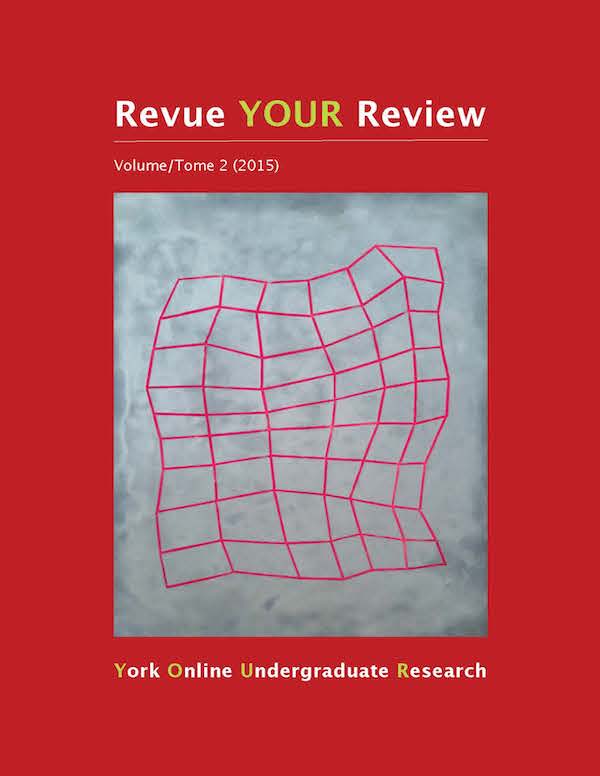Protein Timing and Distribution Following Resistance Training
Abstract
Skeletal muscle hypertrophy occurs when muscle protein synthesis (MPS) exceeds muscle protein breakdown (MPB). The most efficient way to increase MPS and thus result in muscle accretion can be done through resistance training (RT) and consumption of dietary protein. However, the quality, quantity, and timing of dietary protein are key variables that can influence MPS and muscle hypertrophy. With regard to protein quality, milk proteins (whey) seem to be superior to plant proteins such as soy. Furthermore, the maximal quantity of high-quality dietary protein to stimulate MPS following RT in young men is 20 g, whereas, in the elderly (age>65 years), at least 35-40 g of high-quality dietary protein maximizes MPS. There is no difference in MPS following RT in women compared to men despite having lower testosterone. The leucine content of a dietary protein source can also influence protein quality and quantity and is a potent stimulator of MPS. However, the timing and distribution of dietary protein following RT seems to be equivocal. Therefore, the focus of this review is to examine protein timing (pre-workout, post-workout, throughout the day) on maximizing muscle anabolism in various populations: untrained, trained, elderly, and different genders. Based on the literature, more research is needed on protein timing in women and the elderly following RT. Finally, a proposed study on investigating the chronic effects of protein quantity and distribution following RT is suggested to fill the gaps in the literature as most of the studies on this topic are acute in nature.
Downloads
How to Cite
Issue
Section
License
Authors contributing to Revue YOUR Review agree to release their articles under one of three Creative Commons licenses: Creative Commons Attribution 4.0 International; Creative Commons Attribution-NonCommercial 4.0 International; or Creative Commons Attribution-NoDerivatives 4.0 International. All editorial content, posters, and abstracts on this site are licensed under Creative Commons Attribution-NoDerivatives 4.0 International. For further information about each license, see:
https://creativecommons.org/licenses/
In all cases, authors retain copyright of their work and grant the e-journal right of first publication. Authors are able to enter into other contractual arrangements for the non-exclusive distribution of the e-journal's published version of the article (e.g., post it to an institutional repository or publish it in a book or in another journal), with an acknowledgement of its initial publication in this e-journal.


